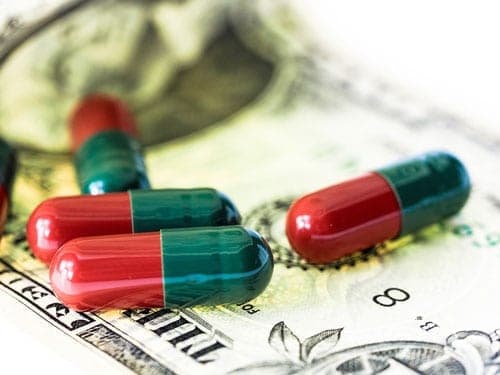Pharmaceutical Marketing: How Drug Ads Influence Health Care

Today, drug companies spend $4 billion a year on ads to consumers. In 1997, the FDA rules governing pharmaceutical advertising changed, and now companies can name both the drug and what it’s for, while only naming the most significant potential side effects. Then, the number of ads really exploded. The Nielsen Co. estimates that there’s an average of 80 drug ads every hour of every day on American television. And those ads clearly produce results:
"Something like a third of consumers who’ve seen a drug ad have talked to their doctor about it," says Julie Donohue, a professor of public health at the University of Pittsburgh who is considered a leading expert on this subject.
"About two-thirds of those have asked for a prescription. And the majority of people who ask for a prescription have that request honored."
Whether the increase in the number of prescription drugs taken is good or bad for patient health is an open question. There’s evidence on both sides. What’s not up for debate is this: By taking their case to patients instead of doctors, drug companies increased the amount of money we spend on medicine in America.



